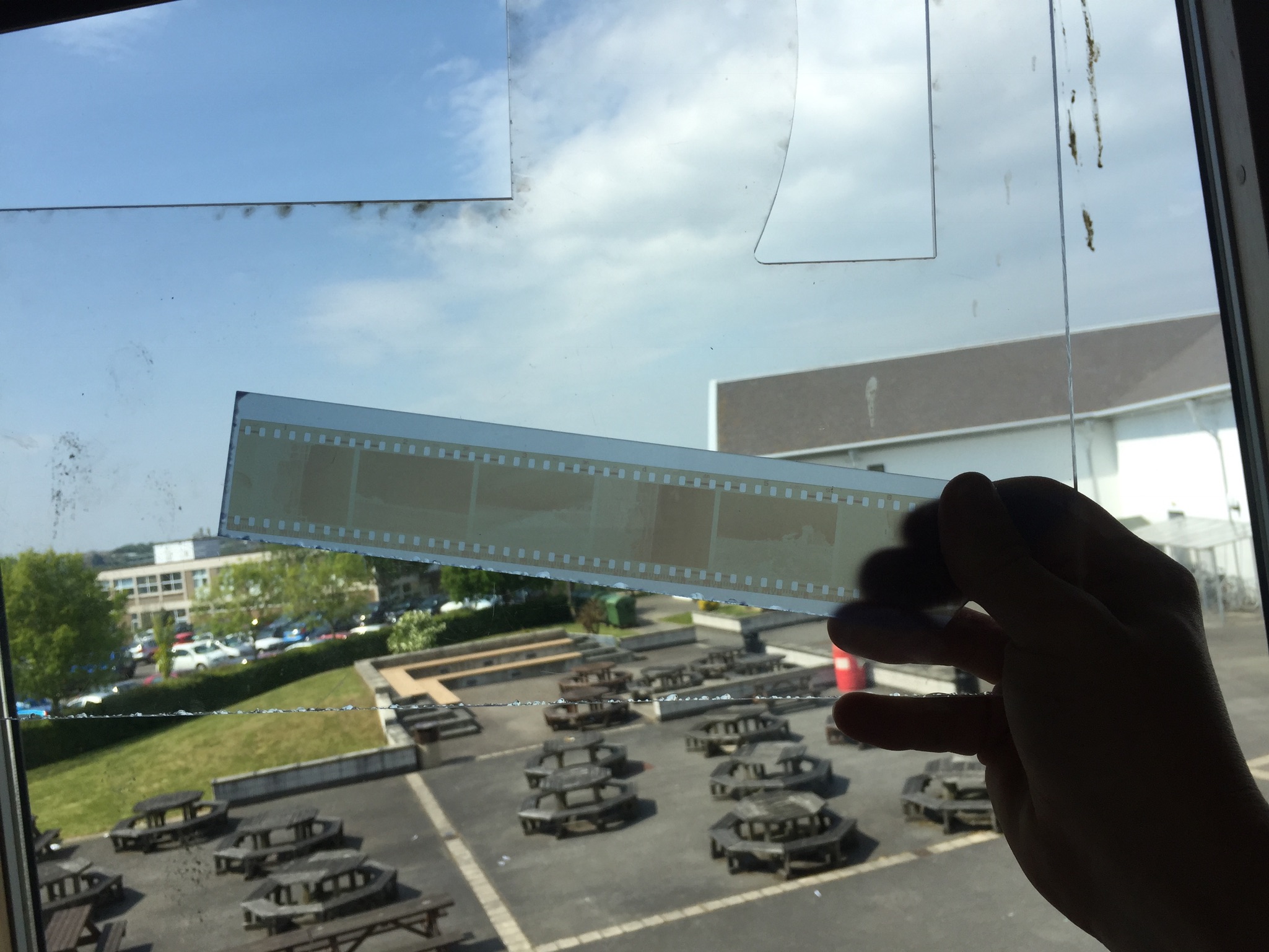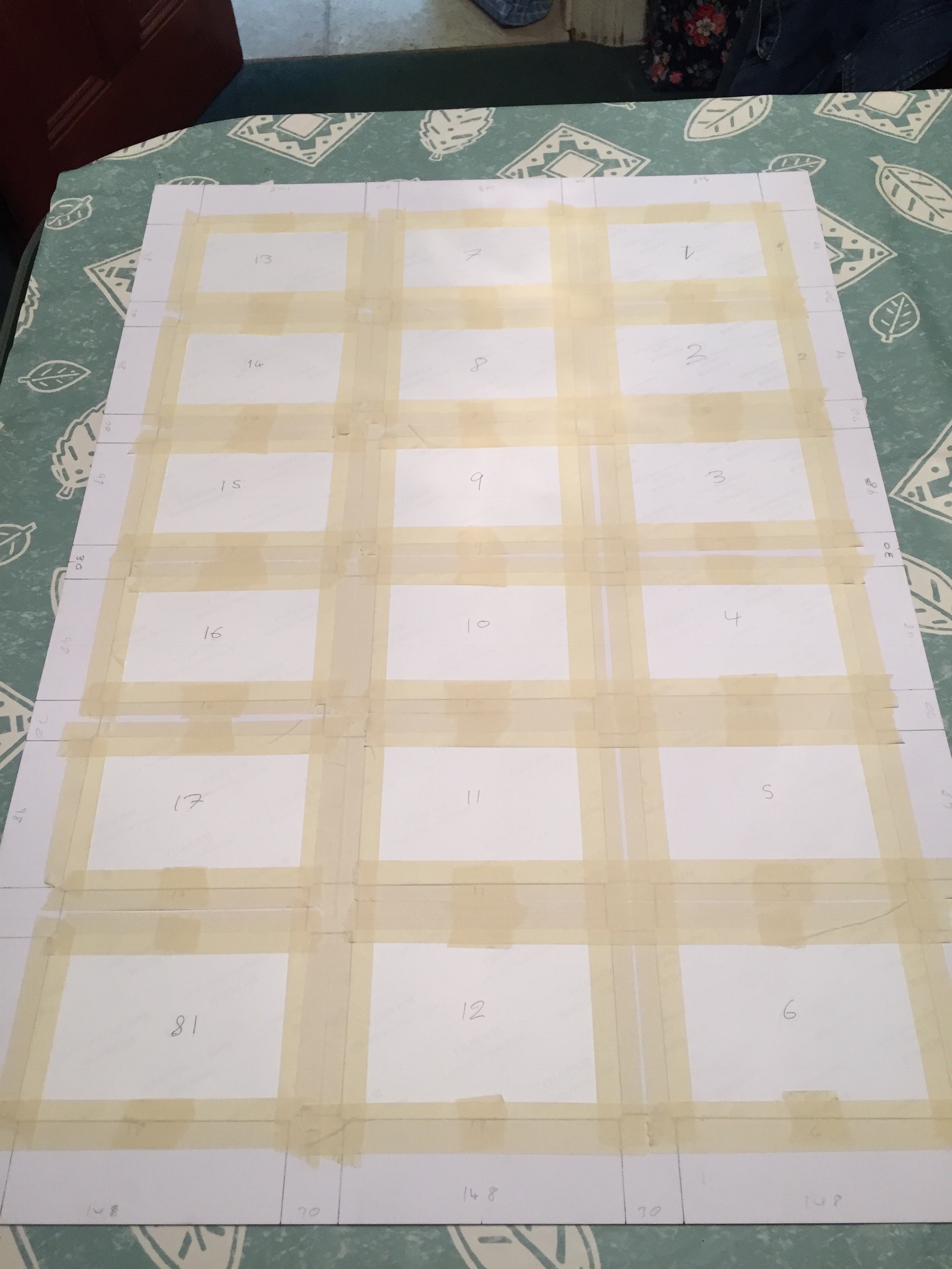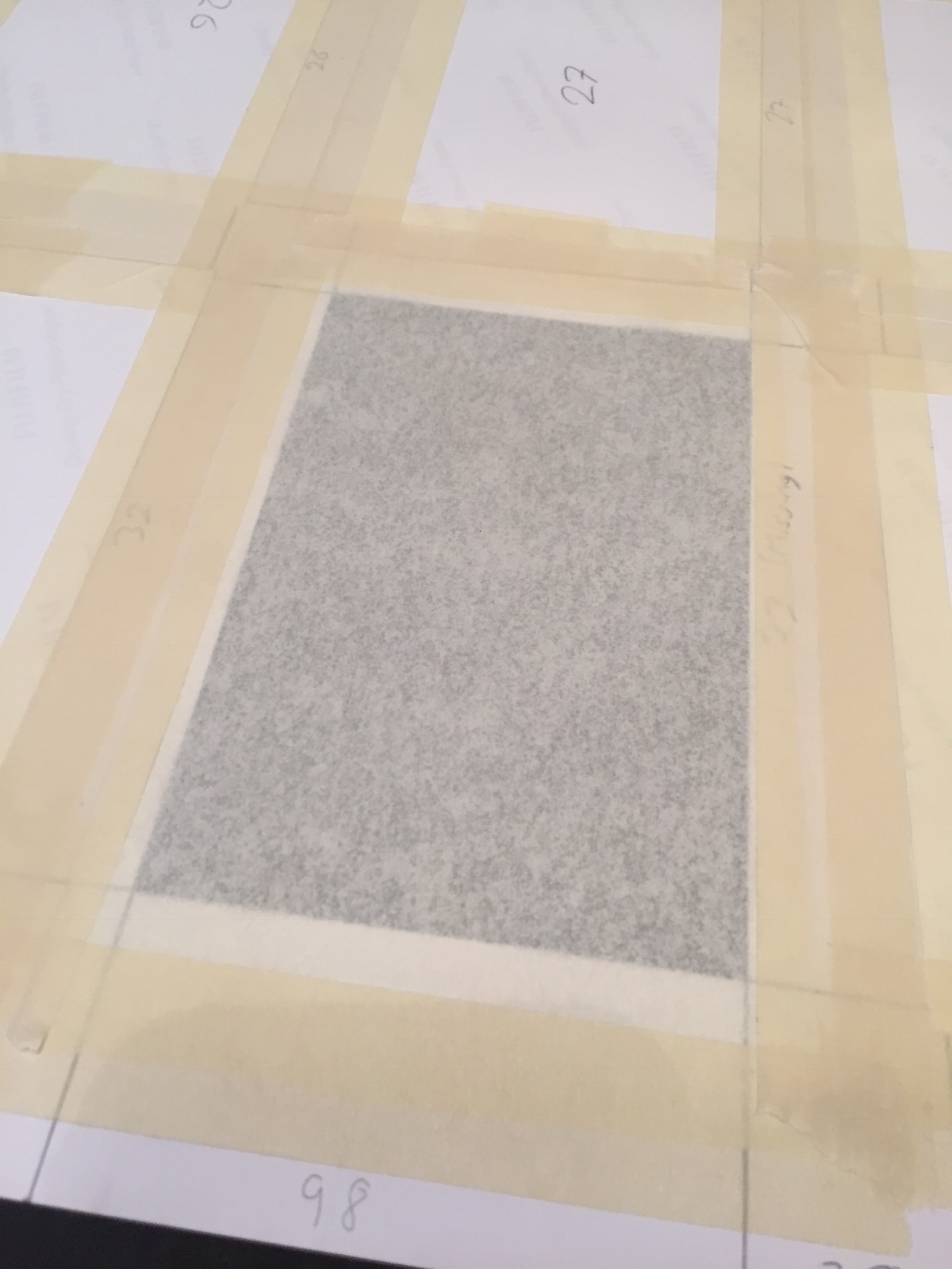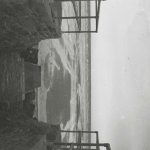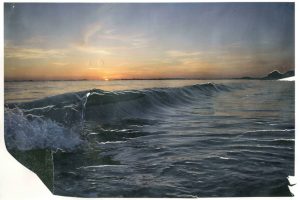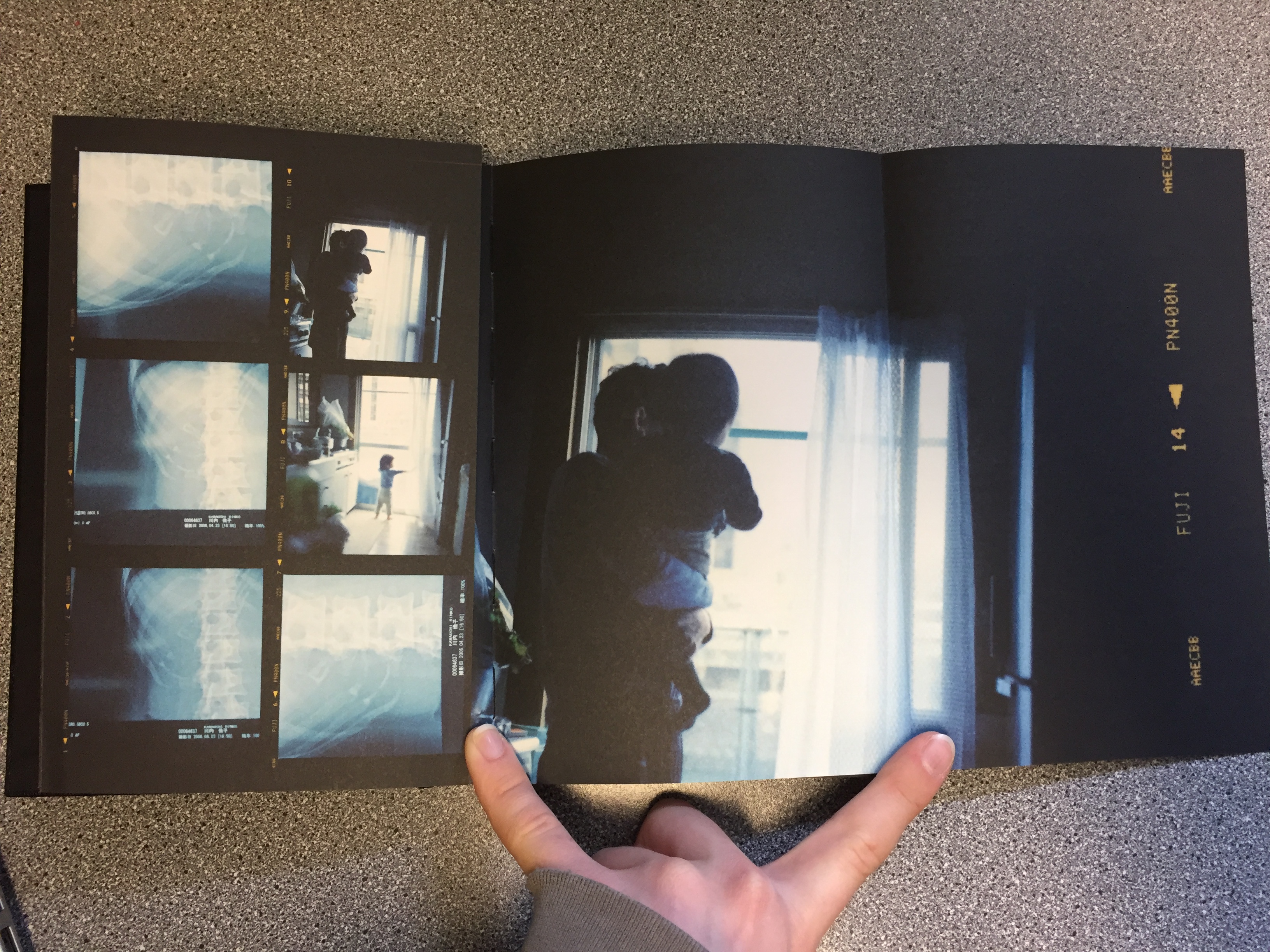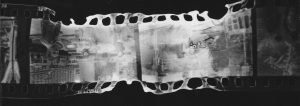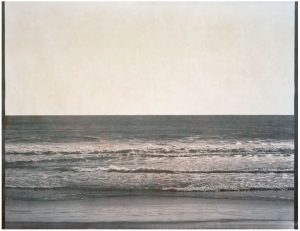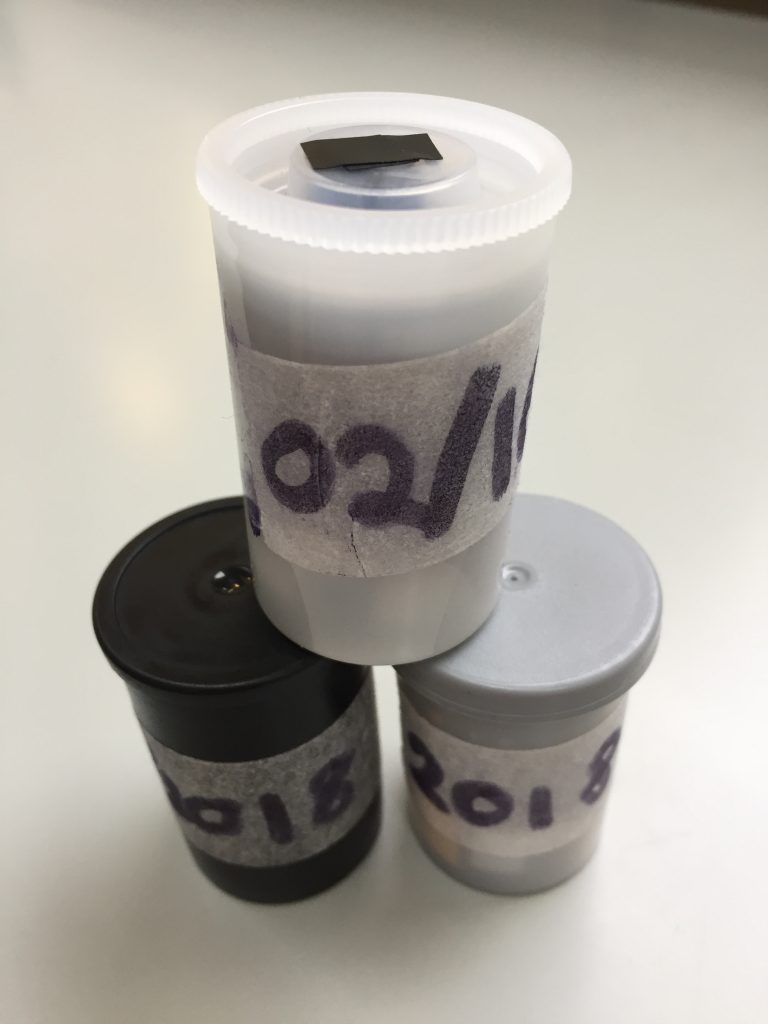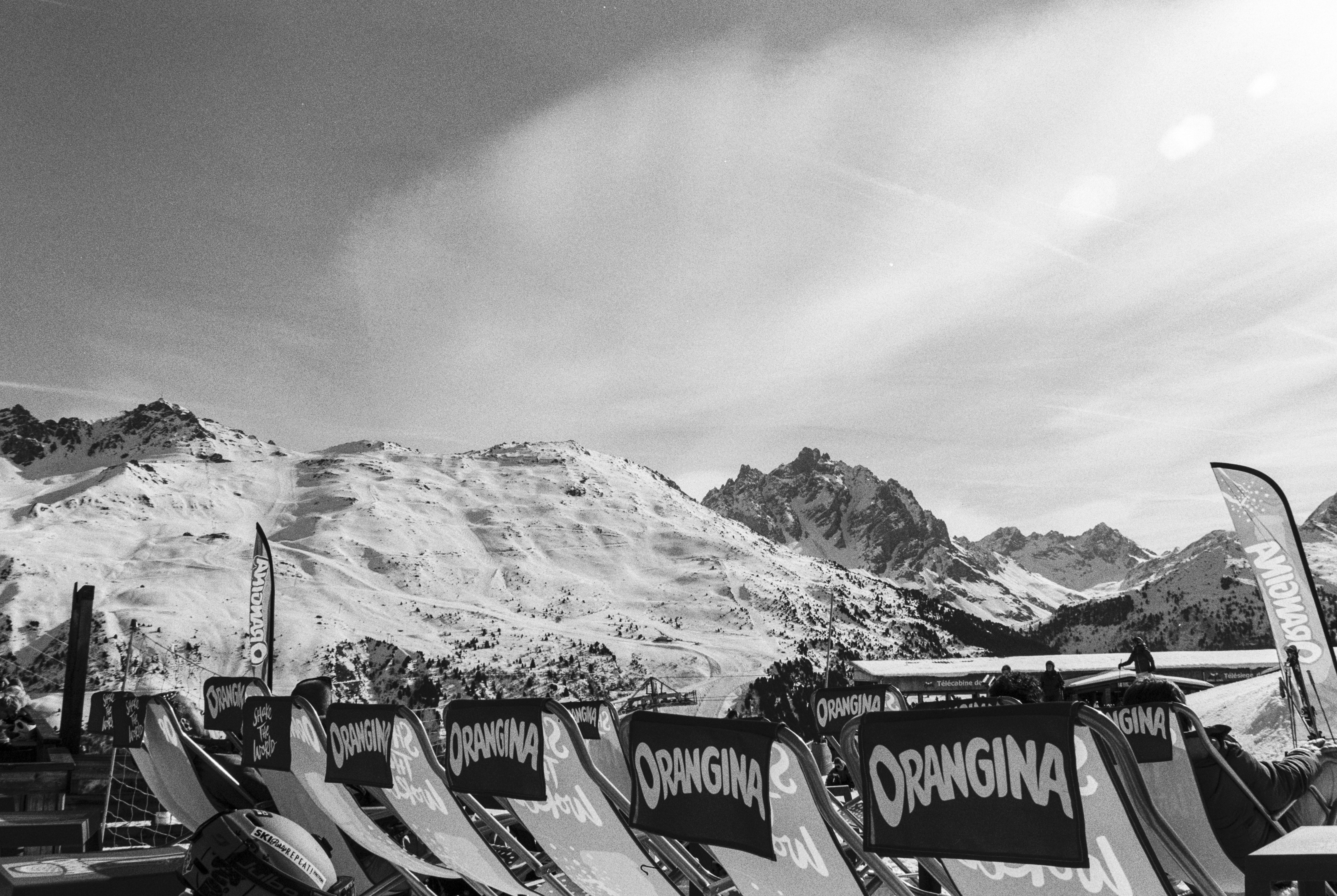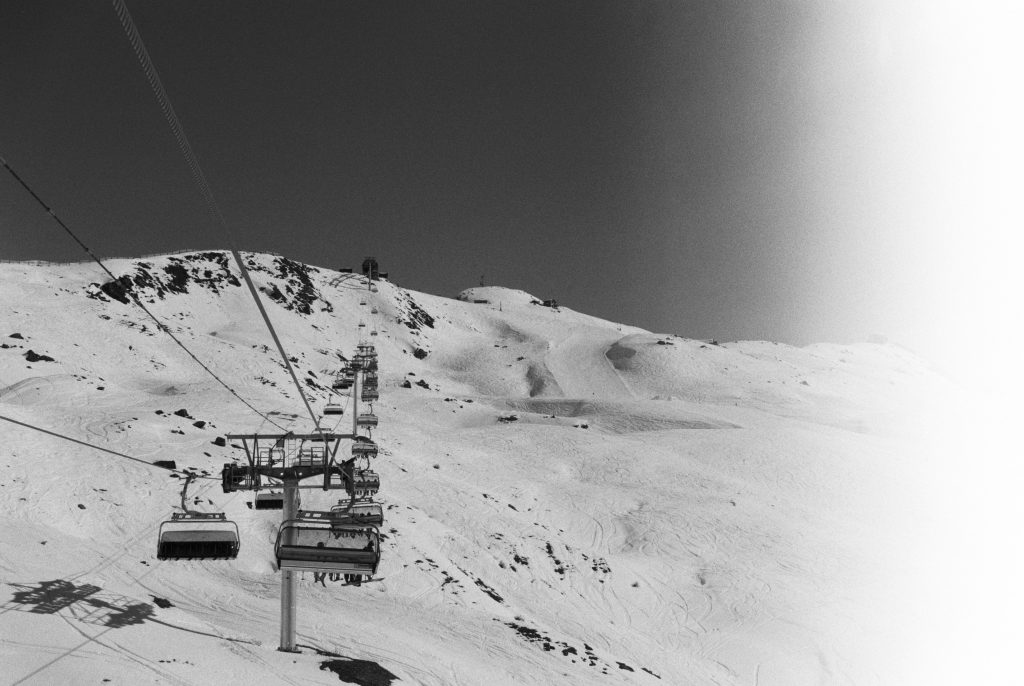For my final pieces I ended up making two big boards, each with 18 window mounts so that the 36 images could be presented in the style of a contact sheet. These boards were then drawn on with chalk pens to give them the look of marked contact sheets. I really like this part of my final project. The boards are very large and the images being 6X4s are plenty large enough to be able to see in very good detail. I like the spacing of the colours, I feel like the spread of the different colours works well with the range of different images that there are on the boards. I tried to get the colours of the pens to work with the colours of the images as well as with the other pens. Frame 22 shows the red very well against the dark and the contrast between the yellow and green on frame 15 is really positive too. The placement of the different pen colours or strokes are not based on liking or disliking the images, they are an art piece and not a real contact sheet and so this is not important. I would have liked the pens to be more vibrant and a bit brighter so that they could stand out even more against the black board and the images. the board looks much better in person than in these photographs. I left the 33rd frame blank because the image was so destroyed that it could not be printed, to try and make this feel like it was a missing section of film I decided to use some slightly thin art paper and have a hole cut in the back of the backing piece to allow the light to still pass through. It was difficult to draw over the window cuts without jumping the pen, the effect would probably have looked more like the real contact sheets if it was, smoother pen strokes would definitely have helped with this. I decided to move away from the traditional style of contact sheets by laying the images in order vertically rather than horizontally which is the traditional way, this was done in part because the boards were not big enough to be able to fit the images lek this and I did not want to split one set of 6 images over 2 boards, and now the two boards can be viewed individually rather than as a whole unit at the same time.
The next component of my final project is the “slides” that I made. These can be used on a light box or they can be held up to a light or window. They really help to frame the images with all of the different types of distortion shown on them, the last 6 frames in the bottom sides show the complete breakdown of the emulsion layer in some places leaving only the plastic base of the film. The first 6 also show the real difference from the others. These ones were completely bleached and so the emulsion layer is a light beige colour instead of the dark brown of the rest of the negatives. These are my favourite part of the final results, they add something really tactile and get the viewer to interact with the images and therefore the environment. Originally they were simply going to be placed on the light box flat [1/4] but I decided that this was not the best way to display them so I made a frame for the light box to make it look nice and hide the unattractive edges of the light box [2/4]. After this i decided that it was a little difficult to lean over the light box to see the images face down so using three small pieces of foam board for each slide I propped them up so that they could all be viewed at one angle [3/4] [4/4]. This really helped them to be easier to view and makes the presentation of them a lot nicer to look at, the foam board pieces do not look good but even when viewing the slides from the side they are difficult to see and so should stay hidden. The element of them that I like the least is the first slide, it is so faded that it is difficult to see against the bright background. If I was going to do this again then I would try and use something to make these easier to see. I would also try and create a viewer that the slides could be placed int to be viewed, acting like a mini light box the slides could be exchanged for one another to be viewed one at a time.
Overall I am very pleased with the final outcomes of this project, it took a lot of time and effort to do because it involved using film but it was definitely worth it because the results would not have been achievable without using film. The different colours and effects that came from them is fantastic and turned out much better than expected.








